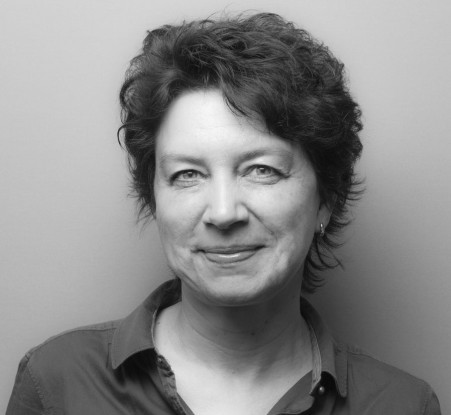Design
The installation is an attempt to explore a future collaborative approach to distributed and participatory design. It consists of a microphone, a video screen and a robotic arm. The visitors are invited to speak into a microphone. This simple act triggers a custom algorithm to generate, in real time, an evolving three-dimensional representation of the speaker’s voice. The live feedback on the screen creates an immediate learning loop, where the visitor, almost instinctively, experiences how to shape the virtual object by modulating his or her voice. Once satisfied with the object displayed on the screen, the configuration can be saved by the user. This in turn automatically activates the robot arm to carve the chosen shape out of a block of foam by means of a custom attachment.
The process of extracting the “shape of a voice” out of a foam block simultaneously creates both the desired object and its negative form: the visitor is presented with the result of the exploration to take home as a souvenir of a possible future, while the residual imprints of the voices are aggregated via an algorithm in a sculptural wall. The result is an endless range of individually formed pieces, composed of a patterned surface that represents the physical/digital translation of the visitors’ sound inputs and individual voices, whether as words, cries, songs or simply a breath.
Natural Interfaces
Natural, intuitive man/machine interfaces are crucial to this process, as they potentially provide people with easy and direct access to production. In recent years, with ever more ubiquitous computing, considerable research has been undertaken into the topic of natural interfaces in which the computer itself seemingly disappears and more intuitive, human-like interactions take place. The apparent disappearance of the computer (at least in it’s commonplace mouse-keyboard-terminal configuration) in reality promotes a closer relationship with the machine, as we start touching it, talking to it or maneuvering with it (gamification). This shift also involves a redefinition of the role of the designer: as the end user gains access to more powerful customization tools, the designer no longer determines the final form or configuration of his or her creation, simply its initial state. The limits of what is possible are left to the individual user to explore.
Outlook
The installation presents the positive aspects of the automation of production. New lean and clean production methods enable a departure from the centralized industrial model of the 20th century, creating smaller, decentralized production units that can better match today’s urban and social fabric. This represents, so to say, an analogy to the model of craftsmanship prevalent prior to the Industrial Revolution, whereby in this case production no longer resides with the artisan but with a machine. The premise of the model is that it enables the creativity of individual production to be distributed among the wider population rather than being concentrated in a single person. At the same time, Communication Landscapes visualizes the complex but far-reaching impact of such technologies on the construction industry – with all its economic and ecological consequences. Customized constructional parts lead to an optimized use of material and increase the physical efficiency of a building as a whole. Individual detail solutions manufactured on-site enable an efficient design process and increase precision.
The Seoul Biennale goes on until 1 November 2017.
Team
Martin Henn, Giovanni Betti, Saqib Aziz, Stefano Arrighi (HENN)
Oliver Tessmann, Andrea Rossi (TU Darmstadt, Digital Design Unit)
Sponsors
ABB Germany
Thibault Schwartz (HAL robotics)











